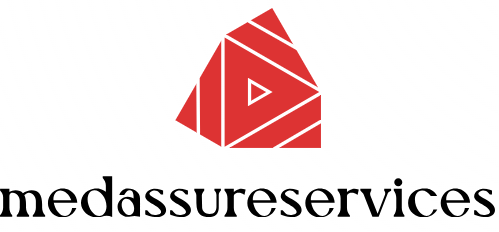Radioactive waste management is a critical aspect of environmental safety and public health. As the world generates increasing amounts of radioactive waste from various sources, including nuclear power plants, medical facilities, and research laboratories, effective management strategies become essential. This post explores successful case studies that highlight innovative approaches to radioactive waste management and the lessons learned from each.

Case Study 1: Sweden’s Final Repository for Spent Nuclear Fuel
Sweden has established a comprehensive plan for managing its spent nuclear fuel through the construction of the Forsmark Repository. This facility, located deep underground, utilizes a multi-barrier system to isolate radioactive waste from the environment. The design incorporates a robust geological formation, allowing for long-term containment of hazardous materials. The Swedish government conducted extensive research and community consultations before finalizing the repository’s location, ensuring public support and trust in the process. This case exemplifies the importance of transparency and community involvement in successful radioactive waste management.
Case Study 2: The United States’ Waste Isolation Pilot Plant (WIPP)
The Waste Isolation Pilot Plant (WIPP) in New Mexico represents a pioneering effort in the safe disposal of transuranic radioactive waste. WIPP utilizes a deep geological formation to isolate waste, providing a secure environment for long-term storage. The facility began operations in 1999 and has since demonstrated a high level of safety and efficiency. Regular monitoring and rigorous safety protocols ensure that the site remains secure from environmental contamination. This case study highlights the effectiveness of deep geological repositories as a viable solution for radioactive waste management.
Case Study 3: Japan’s Approach to Low-Level Radioactive Waste
Japan has implemented a systematic approach to managing low-level radioactive waste (LLRW) generated by medical and industrial sources. The Japan Atomic Energy Agency (JAEA) developed a comprehensive waste management strategy that includes segregation, treatment, and disposal. Facilities throughout the country classify LLRW based on its radioactivity levels, ensuring proper handling and storage. The JAEA also emphasizes recycling and waste minimization, aiming to reduce the volume of waste sent for disposal. This case illustrates how proactive waste management practices can enhance safety and sustainability in radioactive waste handling.
Case Study 4: France’s Integrated Waste Management Strategy
France has adopted an integrated approach to radioactive waste management, focusing on long-term solutions and public engagement. The French nuclear energy company, EDF, collaborates with various stakeholders to develop waste management plans that prioritize safety and environmental protection. One notable initiative is the Cigeo project, aimed at creating a deep geological repository for high-level waste. The project involves extensive research and community dialogue to ensure public acceptance and address concerns. This case study showcases the significance of stakeholder collaboration in achieving successful nuclear waste management outcomes.
Case Study 5: Finland’s Geological Disposal Program
Finland’s Olkiiluoto Repository stands as a global leader in radioactive waste management. The facility utilizes granite rock formations for deep geological disposal, ensuring the safe containment of high-level waste. The Finnish government has conducted thorough environmental assessments and engaged in transparent communication with local communities throughout the planning and construction phases. The successful implementation of this project highlights the importance of rigorous scientific research and public trust in developing effective radioactive waste management strategies.
Conclusion
These case studies illustrate the diverse approaches to radioactive waste management adopted by various countries. From geological repositories to integrated waste management strategies, each case emphasizes the importance of transparency, public engagement, and scientific rigour. As the world continues to generate radioactive waste, these successful models provide valuable lessons for future waste management efforts. By learning from these experiences, stakeholders can work toward safer and more effective solutions to the challenges posed by radioactive waste.




